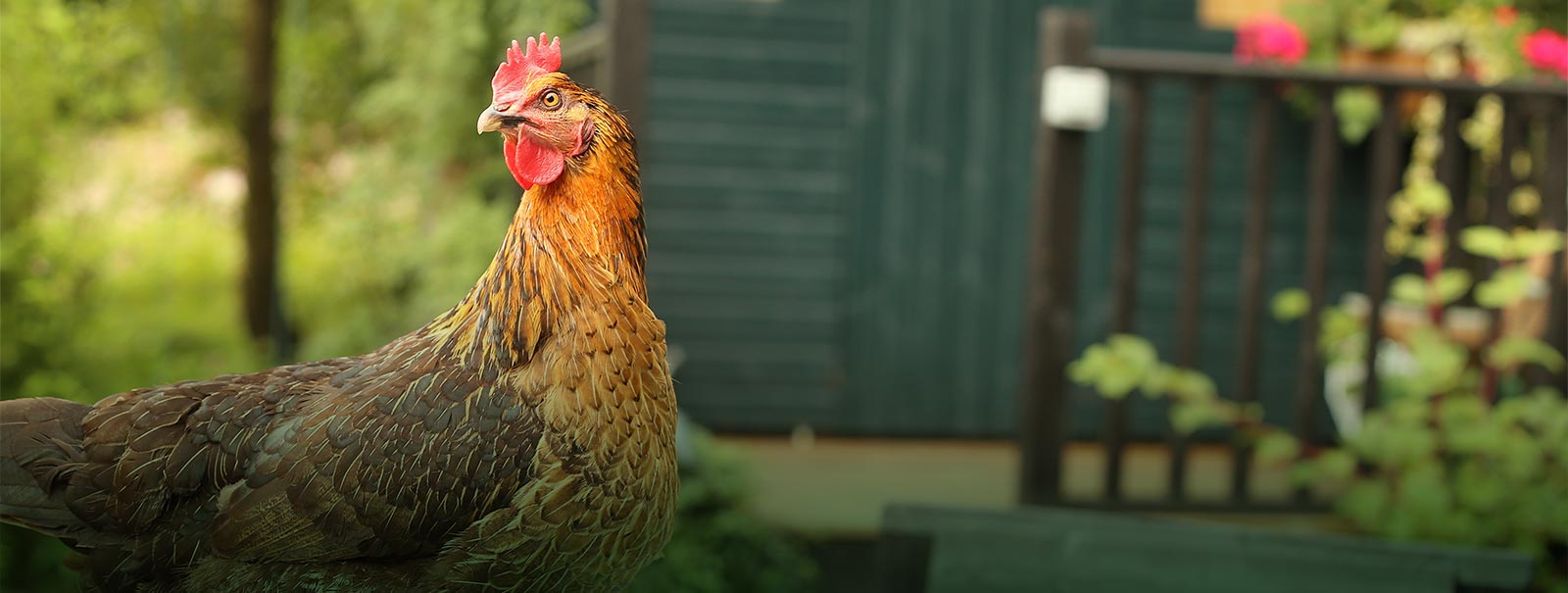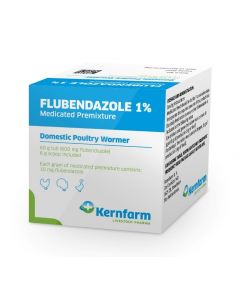
The advice hub What to look for when buying
Buying a new chicken can be a very exciting time.
When buying a new bird there are a number of things to look out for. With over 100 breeds to choose from, it is important to ensure that you are buying the correct breed of chicken to suit your needs. So if you would like a chicken for egg laying purposes, make sure you choose a breed renowned for its egg laying; the Poultry Club of Great Britain is a great website which will advise you on the average yearly egg production for your chosen breed, it is also worth checking here if you would like to have eggs of a certain colour.

Please be aware that different breeds will have different characteristics. For example, Appenzellers and Leghorns are capable of flight so you will need to make sure that you accommodate for this through high fences or a completely enclosed run to prevent them from escaping. Heavy breeds such as Brahmas and Cochins cannot normally fly as high so they will require lower perches.
Once you have selected the breed you fancy, the next step is to decide where to get the birds from, the Poultry Club of Great Britain can help you find a reputable supplier, and alternatively some farms will sell fully vaccinated pullets on the point of lay. It is not advised to purchase your new birds from local markets as these birds can carry disease which can spread to your existing flock.
When you choose your new bird always:
- Check the holding, clean tidy farms are an indication of better hygiene therefore their birds are less likely to have disease.
- Check the other birds on the farm to see if they seem bright, alert and active.
- Check your chosen chicken(s) - are they bright, active and scratching around? Note: Dull, withdrawn, hunched chickens are generally unwell.
- Check for diarrhoea in the pen.
- Check the bird’s vent is not pasted.
- Listen for sneezing or respiratory symptoms.
- Check for runny eyes or swellings.
- Check the eyes are bright and clear with no discharge.
- Look at the feather cover of the chicken.
- Check for mites and lice.
- Look for scaly leg, symptoms are raised encrusted, thickened scales.
- Check the muscle on either side of its breast bone, very prominent breast bones are a sign of being underweight.
- Check the pads of the chicken’s feet for abscesses and ulcers.
Once you have run through all of these checks you need to establish if the chicken has been wormed recently with Flubendazole. If not, on your return home, you should worm your new chicken immediately. Once at home with your new bird(s), we recommend you quarantine them for three weeks to check they are not carrying any illness before mixing in with any others you may have.

Moving to a new home can be a stressful time for a bird, it can come into contact with bugs that it has not been previously exposed to so we recommend you give your chicken(s) a dose of Beryl’s Friendly Bacteria, it is a fantastic natural product which will help to exclude harmful bacteria and support your bird for the first few days of its new life.



